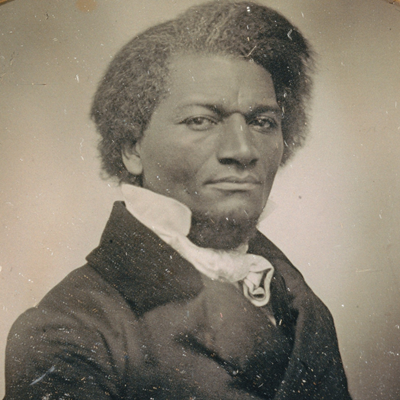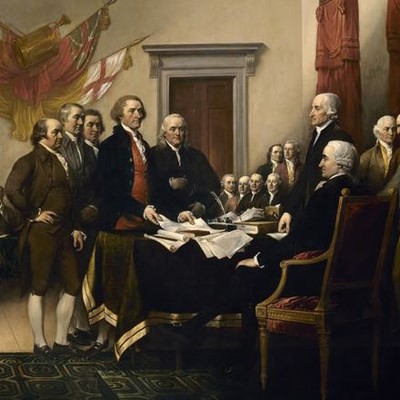
Most speakers we work with recognize the value of storytelling in a presentation. They know stories make information memorable and engage audiences by making their messages more entertaining or emotional.
Even so, finding ways to incorporate stories can feel difficult. Many who want to bring storytelling into their presentations can't quite see how or where.
Want to bring more stories to your next presentation? Here are three places it's easy to start:
Tell a story to show what something looks like—or will look like
Need to describe a new process or procedure? Trying to help your team envision something that's yet to be created? A story can help.
For example, maybe you tell the story of a client with a problem and show how a new process solves it, whether that process already exists or is the wave of the future.
You might even use the word imagine to help you start the story—or at least help yourself start thinking of what that story might be.
Use a story to make data relatable
What does your data mean for the audience? How can you help them interpret or apply it? Once again, a story can show how it looks.
We've noted before that some audiences, those who like data in particular, may be story-averse. In the book Making Numbers County, Chip Heath and Karla Starr address this problem—and how Florence Nightingale, a passionate statistician, overcame it.
They write:
Some audiences may even discredit storytellers with personal stories because they assume that an "emotional" storyteller lacks objectivity.
Nightingale avoids this pitfall by combining objective analysis as a statistician with an appeal to emotion. Rather than asking herself how she could get her feelings across to the audience, she asked what already made them feel the way she needed them to.
As for audiences that aren't made up of data devotees, stories can make the application clearer and your statistics more memorable. We often find that an audience will forget the precise number but recall the story that illustrated it.
Relate a story to humanize a problem or solution
When we hear there are thousands of refugees seeking safety, we should care. But when do we really feel concern or an emotional connection?
Often, it's when we see or hear the story of one—the one child, the one parent, the one family. Storytelling has the power to take concepts that are too abstract to fully comprehend and make them real.
Many organizations use stories to mobilize people to do good and to support charitable causes, as you know. But your goals don't have to be as lofty for your presentation to benefit from a story.
You could tell a story to show how a work-from-home policy change could benefit an employee or how a simple improvement to a product could benefit a specific customer who uses it.
Learn more about adding stories to your presentations:
Strengthen your storytelling with these tips that will help you incorporate the age-old advice: Show, don’t tell.
Find tips here for engaging the audience's senses and using dialogue to bring stories to life.
See how a personal story helped make Kevin Durant’s "The Real MVP" speech so memorable.
Check out this book for ideas about creating stories around data.






